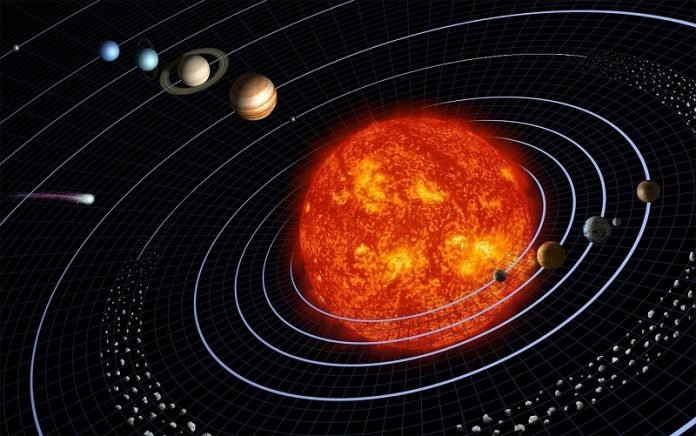
A large proportion of the elements carbon and nitrogen, as well as the compound water, were not delivered to Earth until very late in the planet’s formation, says new study.
This is contrary to previous evidence suggesting that the elements were already present when the Earth began to form.
The findings have been published in the journal Nature.
It is generally accepted that volatile elements such as carbon and nitrogen, as well as water, arrived on Earth from asteroids, the ‘planetary building blocks’ that originally formed in the outer solar system.
Asteroids are known to harbour ice, and models have suggested that their compositions could hold enough to have delivered an amount of water equal to Earth’s oceans.
However, there is an ongoing discussion among experts as to when precisely the asteroids came to Earth.
“We have now been able to narrow down the timeframe much more precisely,” said first-author of the study Dr Mario Fischer-Gödde from the Institute of Geology and Mineralogy at the University of Cologne.
To constrain the delivery of the so called ‘volatile’ elements to Earth, the researchers measured the isotope abundances of a very rare platinum-group metal called ruthenium in the oldest preserved mantle rocks on the planets.
These rocks are situated in Greenland and date back over 3.8 billion years to the ‘Archean Eon’ time.
Like a genetic fingerprint, ruthenium isotopes can be used as an indicator for the various building blocks of the Earth.
The isotope abundances measured in the Greenland rocks indicated no significant contribution of volatile-bearing asteroids, suggesting that the volatiles arrived relatively late.
“Our results are surprising because the scientific community had previously assumed that water-bearing planetary building blocks were delivered to Earth during the earliest stages of its formation,” said co-author of the study Dr Wolfgang Maier from Cardiff University’s School of Earth and Ocean Sciences.



